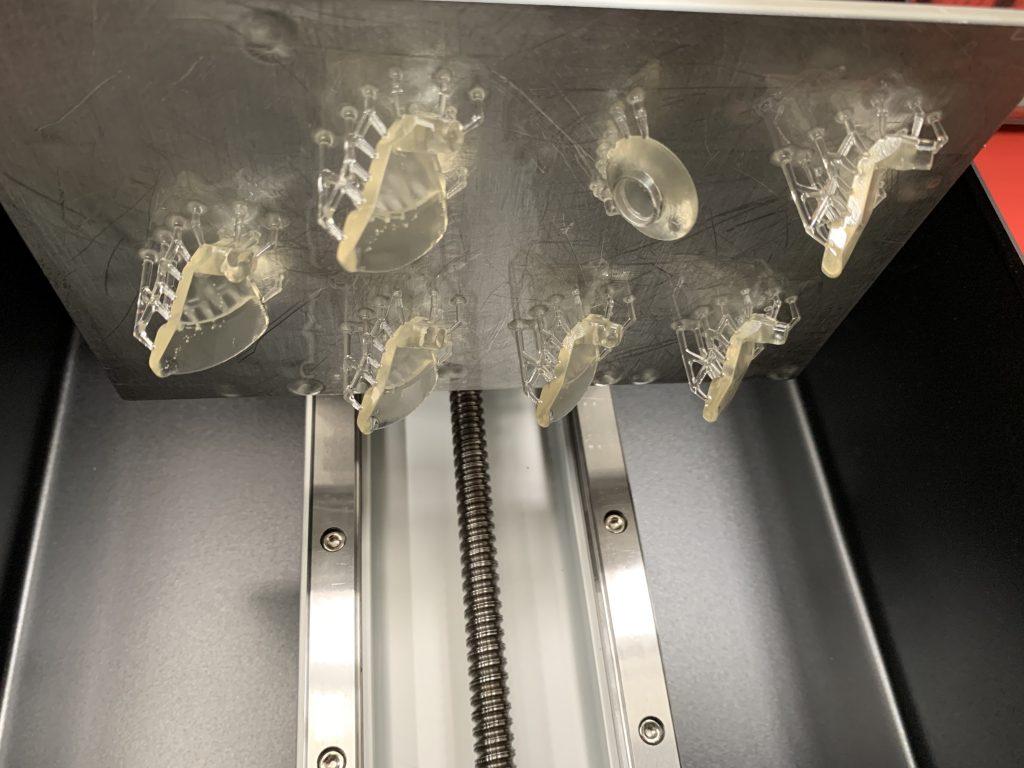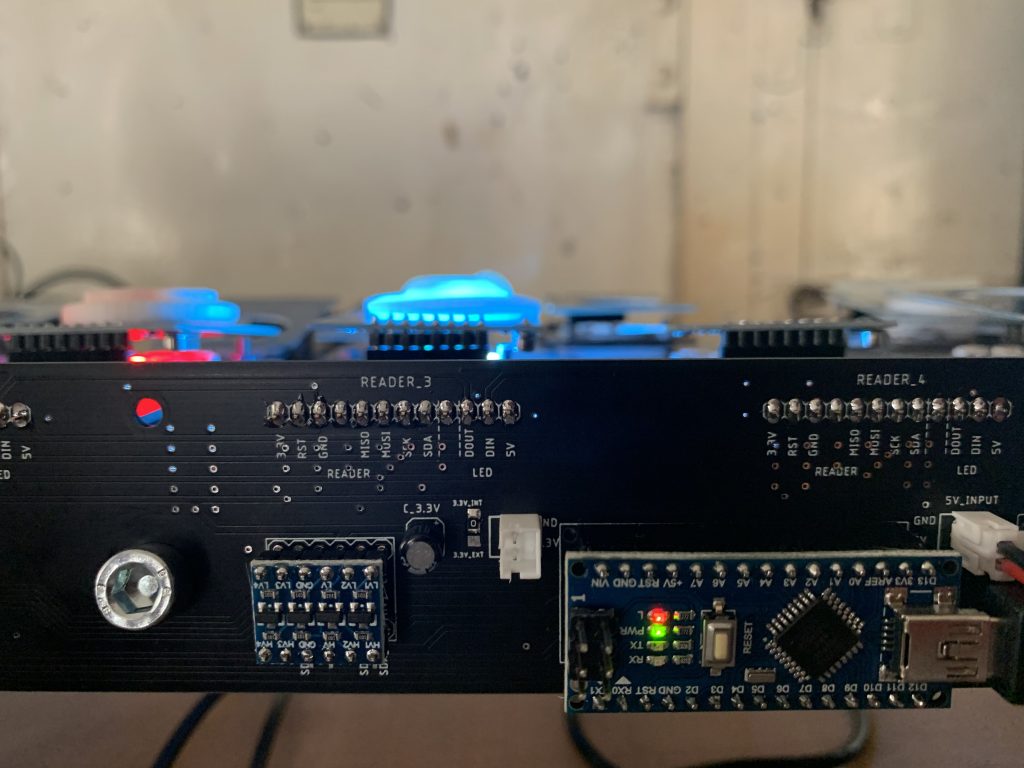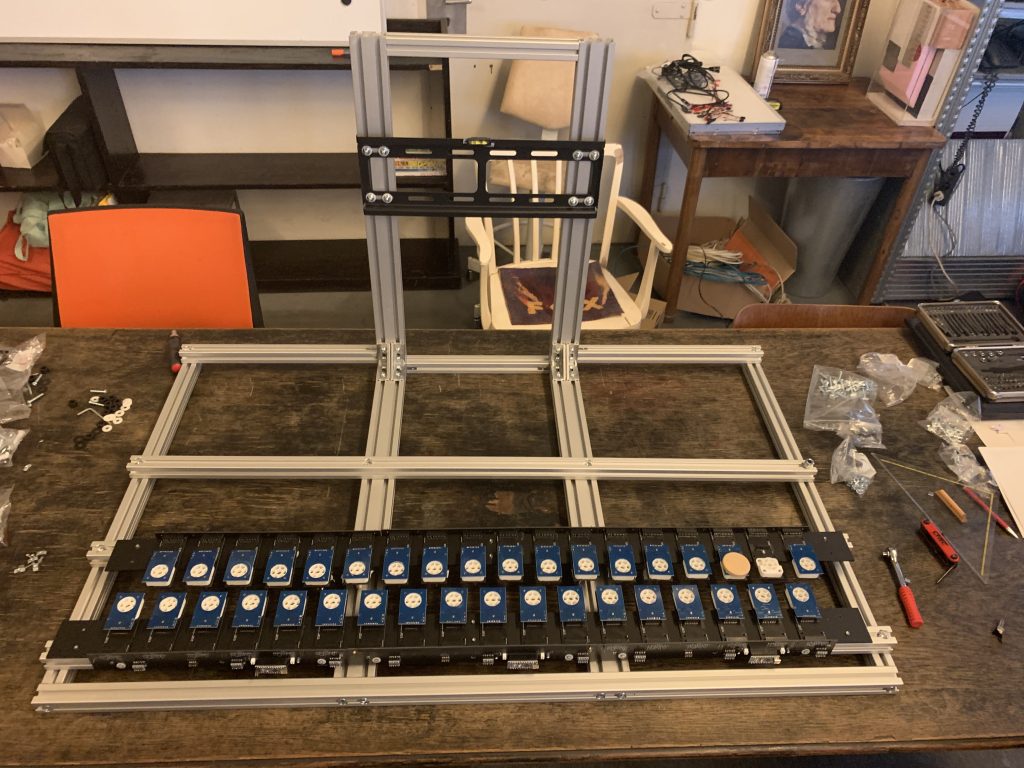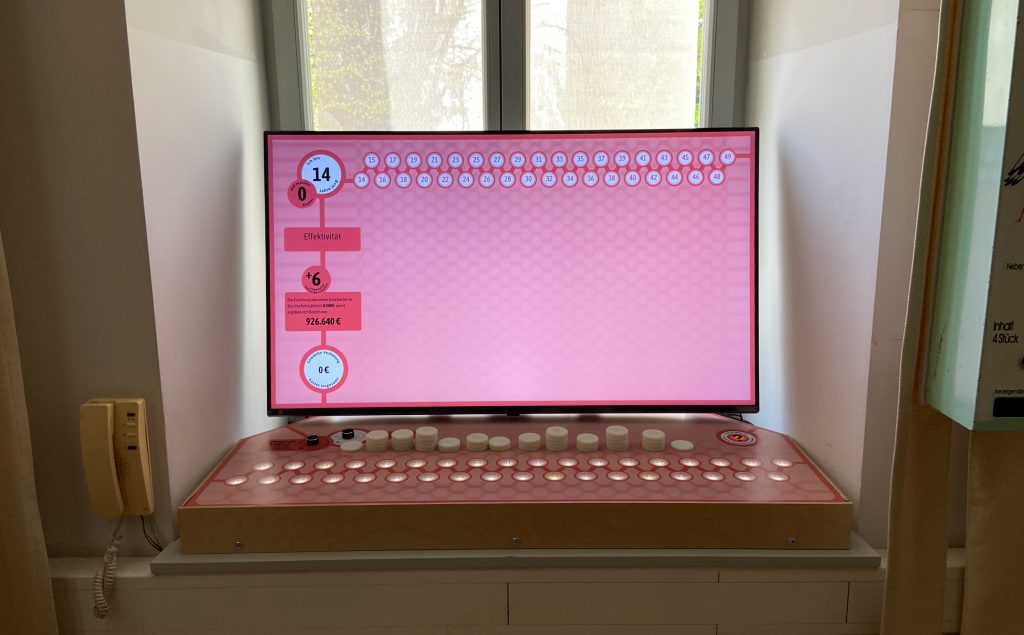MUVS Lebensplanner
The Museum for Contraception and Abortion has been involved in providing information on sexuality for over 15 years. Topics that are often not discussed at school. The history of contraception and control over one’s own fertility is a long one, and school education often does not go beyond the development of an egg and the use of a condom.
In order to visualize the significance of the decision on contraceptive methods we built an interactive installation to allow visitors of the museum to playfully deal with the topic “Which contraception method is safe?”. Usually this information would be hidden somewhere in a chart or inside an infographic. We wanted to personalize this information a bit, and make it more true to the users themselves.
Touch. Feel. Experience.
This had to be a real thing. The idea: Instead of informing about individual contraceptive methods, we take the life of the observing person as an example. One can place different contraceptive methods on a 60 year timeline and thus change the calculation. You can do so by choosing from 13 different 3D-printed objects – each one representing a contraceptive method or a desired child – and move them back & forth on a physical timeline.
A quick summary of the technical stuff
45 NFC readers are grouped in 7 custom-built boards with 5 readers each. The boards are connected via custom-built circuit boards to an Arduino, which reads the codes from NFC tags integrated in the 3D printed objects. The list of detected objects is then passed to a Rasperry Pi which is connected to a database and displays the results on a big ass screen.
A look at the data
The problem with data is usually the representation in readable form. There are also different approaches to calculating the true costs of contraception and its safety. The standard model for the safety of a contraceptive method is the Pearl Index. Since the consequences of an unwanted pregnancy depend strongly on the social structure, our statistics are based on the results of several studies from all over the world.
Fed with data from several studies the result offers a realistic prognosis & statistics of costs & safety.




